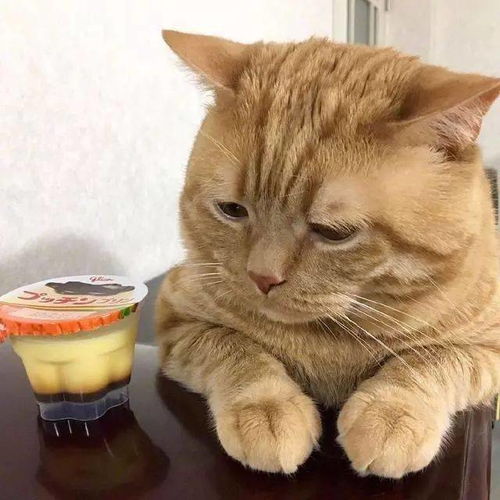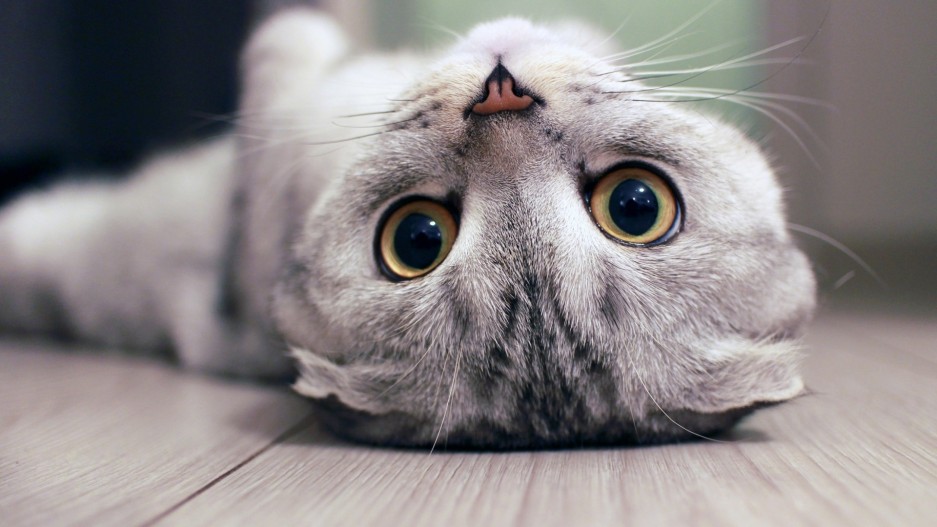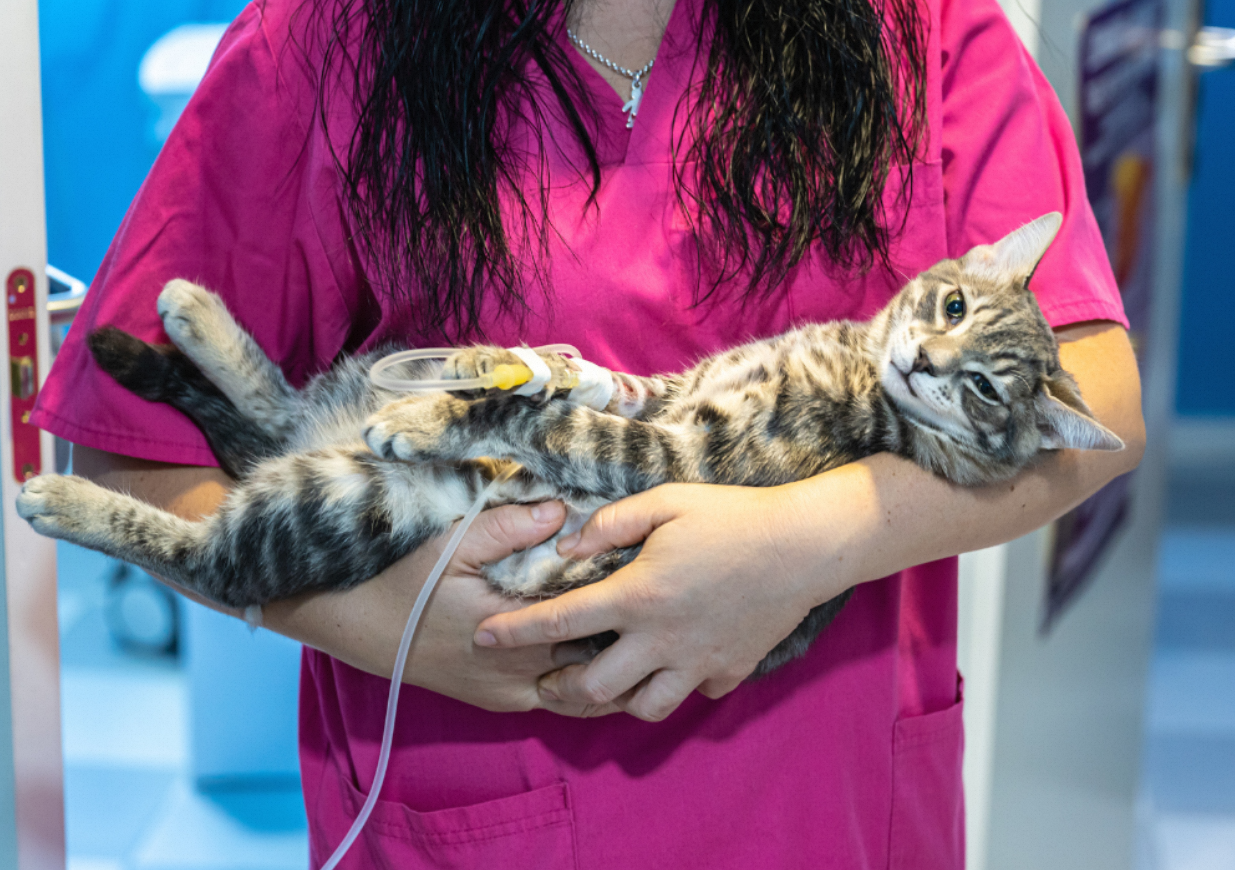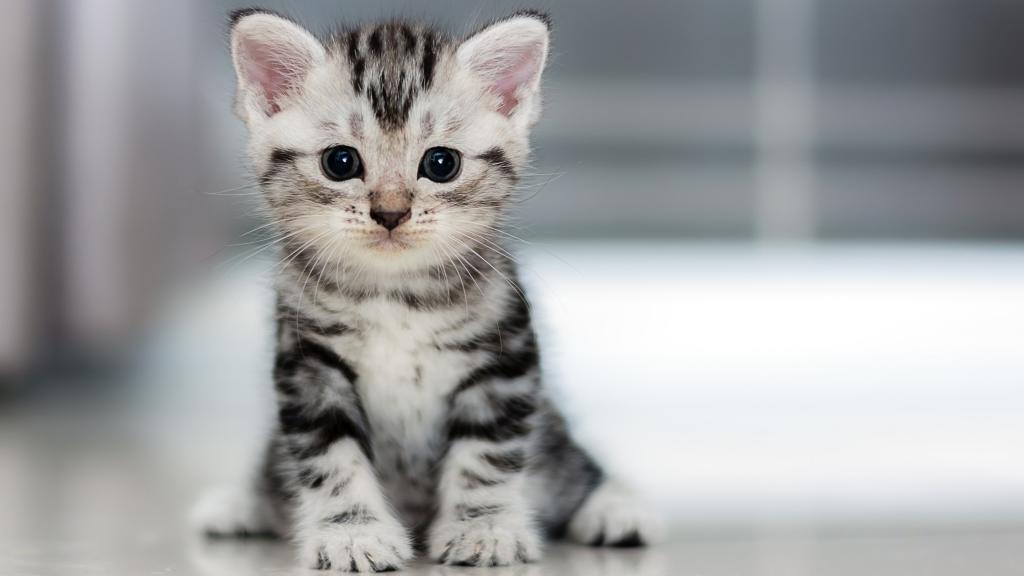Cats are lively, cute, quiet and docile, and are the most ideal pets for humans. Nowadays, more and more people regard cats as pets or even family members in every household.
However, raising cats is also very time-consuming. I believe that many poop collectors have experienced cats at home that vomited and became restless, very worried and anxious. In fact, cat vomiting is a relatively common symptom in cats. Sometimes cats will regurgitate some food in their digestive tract once or twice, which is relatively normal. But if your cat doesn’t stop vomiting, or vomits blood, bile, or other foreign matter, you need to pay attention. Therefore, it is important to determine the cause and severity of your cat’s vomiting and prevent it in advance. This will help the cat receive timely and effective treatment. Through this article, I hope that all cat owners can learn to identify the causes of cat throwing up, prevent it as soon as possible, and better protect the health of their cats.
In This Article
Chronic and acute vomiting in cats
Cat vomiting can also be divided into chronic vomiting and acute vomiting. Acute vomiting refers to vomiting within half a month and lasts less than half a month. Chronic vomiting refers to vomiting that lasts for more than one month.
Acute vomiting has many hazards. Excessive gastric acid secretion in cats that have not eaten can cause gastric and duodenal ulcers. During the vomiting process, the esophagus may be damaged and cause esophagitis. The cat’s mental appetite will decrease. If it does not eat for a long time, it will also cause Fatty liver; if the intestinal inflammation is severe, it will also cause intestinal water, leading to pancreatitis; if acute vomiting is not treated promptly and effectively, it will turn into chronic vomiting, which will complicate the condition and increase the difficulty of treatment, and the cat will suffer more pain.
Chronic vomiting is more harmful to the cat itself, causing Moami to suffer from esophagitis, chronic gastritis and other digestive system diseases; if the cat has poor appetite for a long time, resulting in malnutrition, it will also lead to a decrease in the cat’s resistance and cause various diseases.
Common causes of vomiting in cats
The causes of acute vomiting in cats generally include: food poisoning, poisoning by botanical drugs and pesticides, scratches on the gastrointestinal tract by foreign objects such as threads, acute pancreatitis, etc. When a cat is identified to have the above problems, it is recommended to seek help from a pet doctor in time to avoid delaying treatment time.Causing the disease to worsen.
There are two types of chronic vomiting in cats: Cats with “optimistic” vomiting will sometimes vomit, but are generally healthy the rest of the time, that is, their mental, appetite, drinking, and bowel movements are normal. Generally speaking, they have clogged hair balls. Food allergies, cat plague, etc. Cats with “suspicious” vomiting have underlying diseases, such as PDA, hyperthyroidism, and renal failure. At this time, the cat’s vomiting will usually be accompanied by changes in mental appetite, drinking and defecation, and it is necessary to seek medical attention at this time.
What do the vomit colors mean?
According to the cat vomit color chart, cat vomit is mainly divided into the following colors:
The vomiting of white foam and viscous transparent liquid with foam is actually the cat’s gastric juice. Sometimes the gastric juice will be a little brownish-green. This is because the vomiting is too violent. This situation indicates that the cat has been hungry for a long time;
Vomiting yellow-green liquid. If your cat’s vomit is yellow, transparent, mucus-like, or yellow-green, this situation requires more attention than the previous situation. The yellow liquid spit out is a mixture of gastric juice and bile, while the yellow-green color is a deeper and more serious condition, which means bile reflux;
 Vomiting liquid with blood streaks or blood in it is obviously bleeding in the digestive tract, and the situation can be classified into mild and severe. In mild cases, you may only see one or two blood streaks in the vomit, in moderate cases, you may vomit pink liquid, and in severe and critical cases, you may vomit bright red blood. This may be caused by an ulcer or a foreign object scratching the digestive tract. If the situation is serious, you need to be sent to the hospital immediately for further examination to determine the cause.
Vomiting liquid with blood streaks or blood in it is obviously bleeding in the digestive tract, and the situation can be classified into mild and severe. In mild cases, you may only see one or two blood streaks in the vomit, in moderate cases, you may vomit pink liquid, and in severe and critical cases, you may vomit bright red blood. This may be caused by an ulcer or a foreign object scratching the digestive tract. If the situation is serious, you need to be sent to the hospital immediately for further examination to determine the cause.
Ways to Prevent Cat Vomiting
When a cat is throwing up, we as owners feel even more distressed. Therefore, in daily life, we should try our best to take care and pay attention to the following aspects to prevent the occurrence of vomiting in kittens.
 First of all, we must pay attention to preventing vomiting caused by colds in cats. During the change of winter and spring, the hot and cold periods are the most likely times for bacteria to breed. As long as the heat preservation work is not done properly, it is easy to cause vomiting due to colds, so you should usually Keep your cat warm and use distilled water instead of tap water;
First of all, we must pay attention to preventing vomiting caused by colds in cats. During the change of winter and spring, the hot and cold periods are the most likely times for bacteria to breed. As long as the heat preservation work is not done properly, it is easy to cause vomiting due to colds, so you should usually Keep your cat warm and use distilled water instead of tap water;
Secondly, prevent vomiting caused by indigestion. The intestines of newly adopted kittens are not fully developed, and some have never even eaten cat food, so suddenly giving them cat food may make it difficult to digest and lead to vomiting. The prevention method is to feed kittens with cat milk powder, ginseng and some rice;
Furthermore, to prevent food allergy from causing vomiting in cats, the foods that are usually likely to cause cat allergies include chemical additives, pigments, grains, and preservatives. It is best to exclude these foods that may cause allergies and feed the cat a fixed food.
 Finally, cats who are under stress are also prone to vomiting. Therefore, in addition to raising kittens on a daily basis, you should also spend time with your cat to enhance mutual trust and emotional communication and relieve the cat’s stress.
Finally, cats who are under stress are also prone to vomiting. Therefore, in addition to raising kittens on a daily basis, you should also spend time with your cat to enhance mutual trust and emotional communication and relieve the cat’s stress.
Since you have decided to raise a cat, you need to know all the common sense about it. In order for the pet to grow up healthily, we as owners are called on to learn how to take care of their diet and daily life, learn to identify the vomiting of cats, prescribe the right medicine, and pay attention to the cat’s diet. Stay healthy, maintain a clean living environment, and take preventive measures against vomiting in cats. After all, it only has you for its whole life, and keeping a pet is not only fun, but more importantly, it is a responsibility to accompany each other. Raise pets scientifically and hope that all pets in the world will be healthy and lively!
